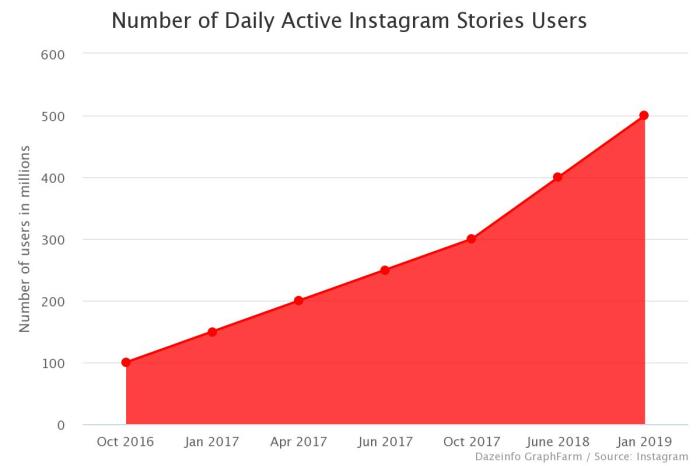Which kpi is most likely to be a vanity metric – Vanity metrics, alluring yet deceptive, can lead businesses astray in their pursuit of success. Understanding which KPIs are most likely to be vanity metrics is crucial for organizations seeking meaningful data to drive informed decisions. This article delves into the characteristics, limitations, and potential drawbacks of vanity metrics, providing a comprehensive guide to their identification and avoidance.
Key performance indicators (KPIs) serve as essential tools for measuring business performance, but not all KPIs are created equal. Vanity metrics, often characterized by their superficial nature and lack of alignment with business objectives, can distort decision-making and hinder progress.
To ensure data-driven success, organizations must be equipped with the knowledge to distinguish between vanity metrics and relevant KPIs.
Identifying Vanity Metrics: Which Kpi Is Most Likely To Be A Vanity Metric

Vanity metrics are metrics that appear impressive on the surface but provide little to no meaningful insights into a company’s performance. They often focus on superficial or easily manipulated numbers that may not align with actual business objectives.
Characteristics of vanity metrics include:
- High visibility and appeal
- Emphasis on quantity rather than quality
- Correlation with superficial aspects of performance
- Limited ability to drive meaningful decision-making
Examples of vanity metrics commonly used in different industries:
- Social media:Number of followers, likes, or shares
- Marketing:Website traffic, open rates, or click-through rates
- Sales:Number of leads or appointments booked
- Finance:Revenue growth or profit margin
Limitations and potential drawbacks of relying on vanity metrics:
- Misleading or incomplete representation of performance
- Inability to identify areas for improvement
- Misallocation of resources and efforts
- Damage to credibility and reputation
FAQ
What are the key characteristics of vanity metrics?
Vanity metrics are often superficial, focusing on short-term gains or superficial measures that do not align with long-term business objectives. They can be easily manipulated and may not provide actionable insights.
How can I identify vanity metrics within a set of KPIs?
Compare KPIs against the SMART criteria (Specific, Measurable, Achievable, Relevant, Time-Bound). Vanity metrics often fail to meet these criteria, particularly in terms of relevance and alignment with business goals.
What are the potential consequences of using vanity metrics?
Relying on vanity metrics can lead to misinformed decision-making, wasted resources, and a distorted view of business performance. It can also undermine trust in data-driven insights.


